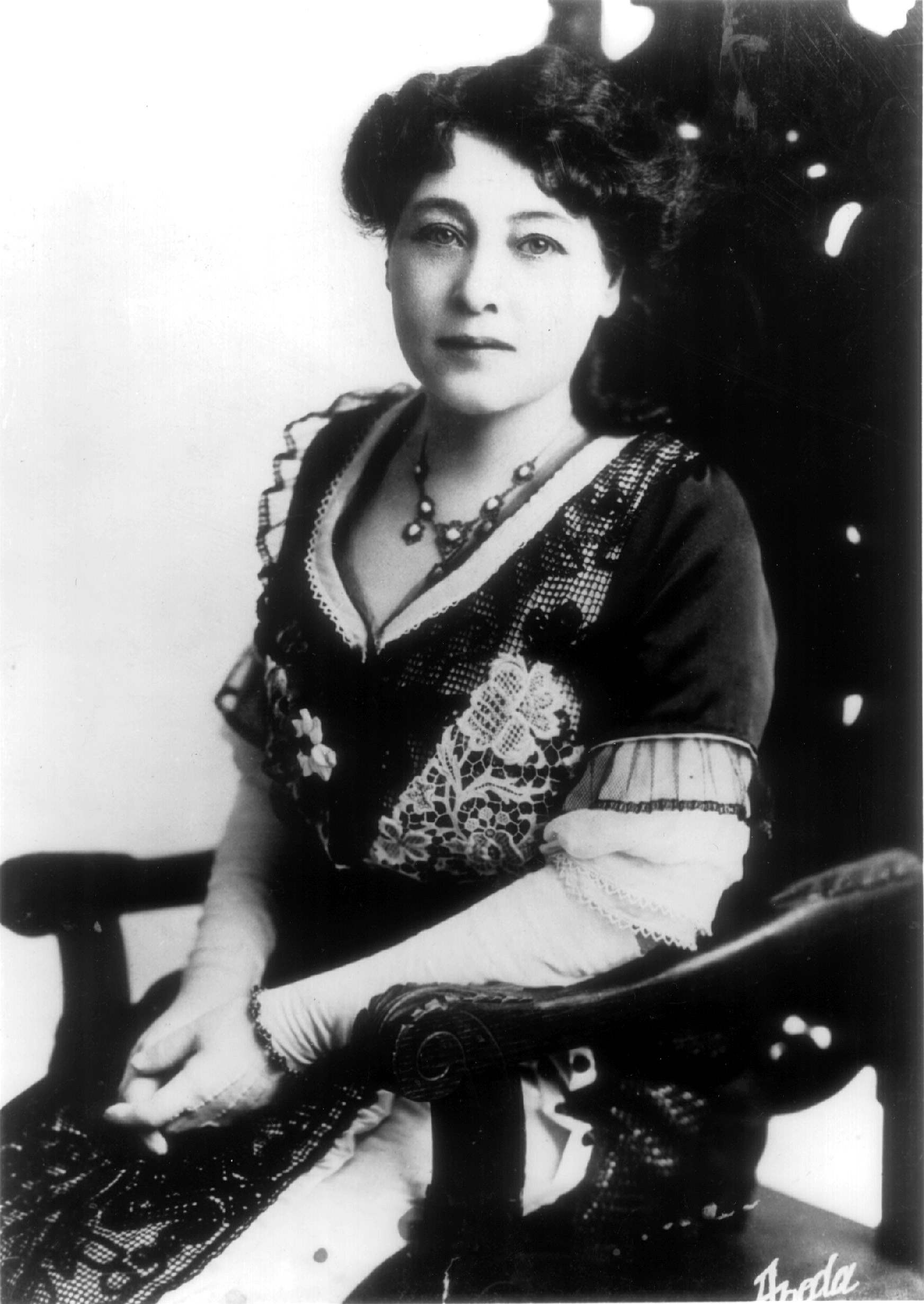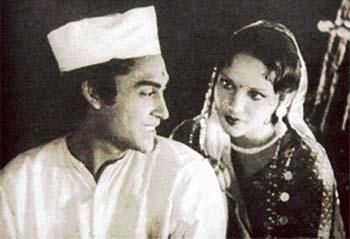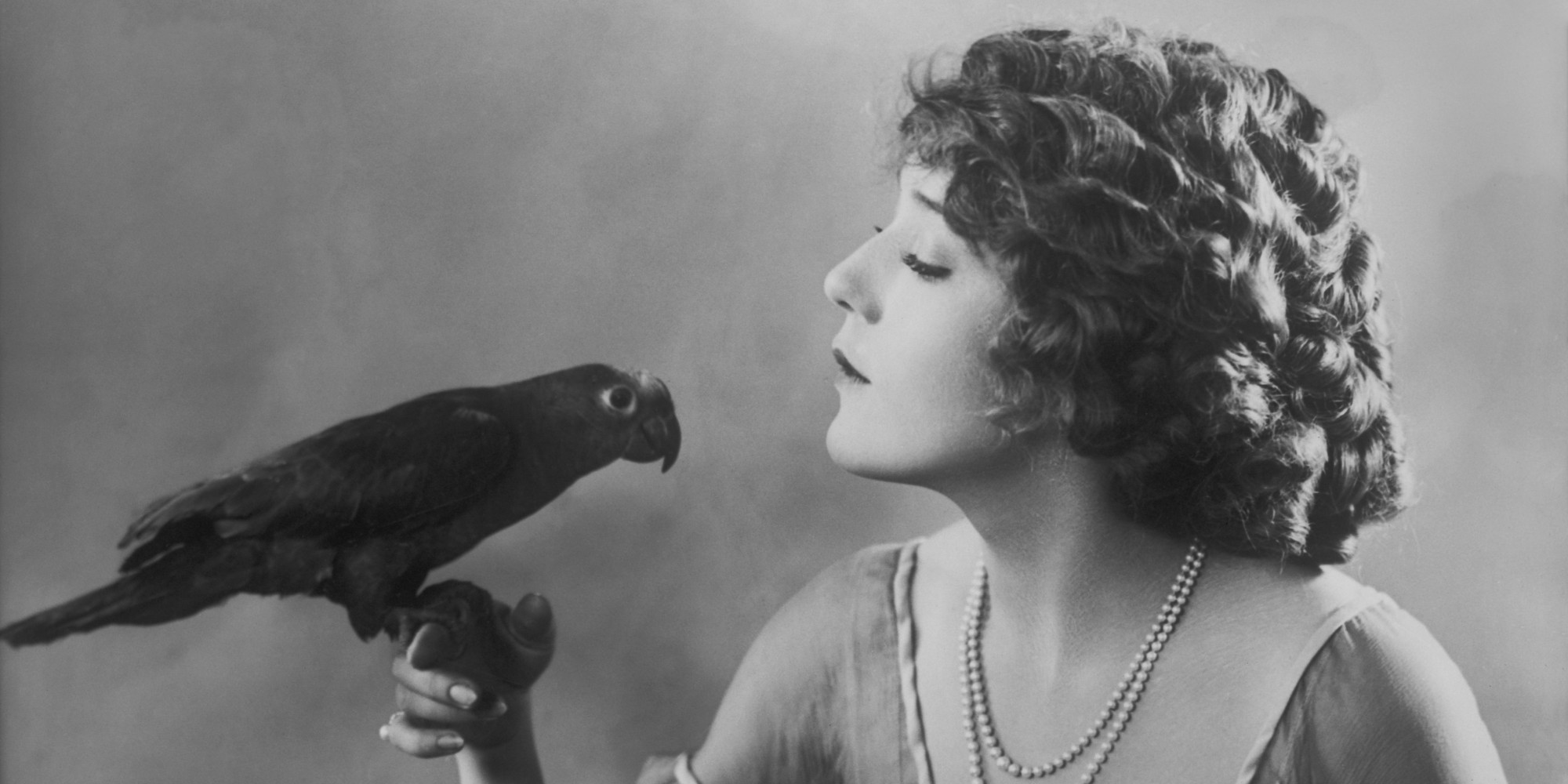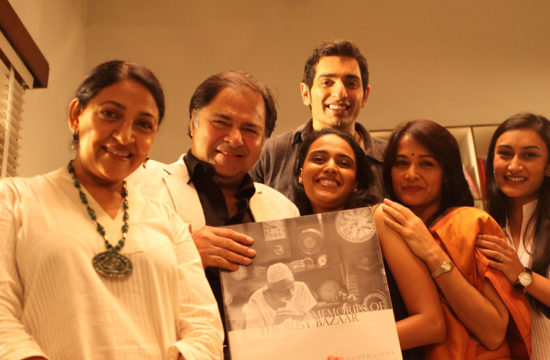As the Academy Awards this Sunday reminded us, the movie industry is an Old Boys Club with a noticeable glass ceiling. Once again, no female directors were nominated. Which reflects the larger truth that there are only a handful of female directors working. Even fewer female heads of production. How about female studio owners? That is unheard of! Except actually, in the early years of film, some of the first studios were founded and run by women. In honor of International Women’s Day this Saturday, I thought I would highlight some of them
Alice Guy-Blache
After being forgotten for decades, this French film pioneer is finally getting her due thanks to the impressive scholarship of a variety of women who have rescued her from obscurity. I first found out about her at an academic conference I attended recently while on a panel discussing religion and film. My fellow panelist, Dr. Gretchen Bisplinghoff, was talking about Guy-Blache’s film The Birth, Life, and Death of Christ (1906), the first film on this topic to be made and a record-breaking success (for Indian film fans, this is particularly interesting as this version of Life of Christ very well may be the one seen by Dadasaheb Phalke which inspired him to make Raja Harishcandra (1913).

Guy-Blache was born in France in 1873, but partially raised in Chile, before returning to France for further schooling. In 1894 she was hired as secretary (no visions of Mad Men, in the 1890s being a secretary was highly skilled labor involving using the cutting edge typewriter technology) at a photography company. The company went bankrupt soon after, but one of the partners decided to buy the defunct equipment and turn it into the first film studios in the world, Gaumont Film Company. Guy-Blache was hired as the head of film production, the first ever head of film production, in 1896.
During her time in France, she instituted many of the basic tenants of film production. For instance, she encouraged films with actual plots instead of just a series of novelty sequences, she instructed her actors to “be natural” on camera, she used double-exposures and ran film backwards to create special effects, she even created soundtracks on separate discs to synch up with the images onscreen. She also made The Life of Christ with a massive budget and 300 extras, the first religious epic starting a trend that has continued to this day with the recent television hit The Bible (2013) and Mel Gibson’s record breaking hit The Passion of Christ (2004).
In 1907, Guy-Blache moved to America to head up Gaumont’s new American wing. Three years later, she went out on her own, founding her own studio in New Jersey which rapidly became the largest studio in America, The Solax Company. Solax lasted several years, thriving on serial shorts, often with exotic location shooting, before finally collapsing due to competition from the new Hollywood based super-studios.
Guy-Blache briefly worked for William Randolph Hearst’s International Film Service before retiring and moving to back to France in 1922. There are a few monuments to her achievements, Fort Lee, NJ film commission has updated her gravesite to indicate her importance and created an award in her honor, the “Alice”, to be given to groundbreaking female filmmakers. In 1953, France awarded her a Legion d’honor. However, in the annals of film history, her contribution has been erased, replaced by men like French filmmakers the Lumiere Brothers, early directors like DW Griffith, and studio pioneers like Adolph Zukor.
There is a recent effort to recover her influence on film history. If you are interested in learning more, check out the kickstarter project to fund a documentary on Guy-Blache’s career and influence.
Mary Pickford
If you are a fan of old movies, when you think of Mary Pickford, you probably think of America’s Sweetheart, the Girl with the Golden Curls, Douglas Fairbanks’ big romance and Douglas Fairbanks, Jr.’s stepmother. You may even remember that Joan Crawford was briefly her daughter-in-law or that her estate Pickfair hosted the swankiest affairs. You probably don’t know that she owned and ran her own studio for 20 years.

In 1918, while on tour together selling War Bonds, Mary Pickford, Douglas Fairbanks, Charlie Chaplin (who worked with Alice Guy-Blache early in his career) and cowboy star William S. Hart, had a wild idea: why couldn’t they break free of the studio system and make the movies they wanted to make? By 1919, Pickford, Fairbanks, and Chaplin were ready to move forward, while Hart had doubts. He was replaced by superstar director D.W. Griffith and a lawyer who also happened to be the President’s son-in-law, Hiram Abrams. Each founding partner owned 20% of the studio outright.
The initial plan was for each of the stars to make 5 films a year, filling out a slate of 20. They presented this deal to a distribution company and signed a contract. Unfortunately, in the meantime, the running time and budget for pictures had gone up, making the managing partners unable to fulfill their commitment. The initial business plan was scrapped, Joseph Schenk was brought in as managing director, and set up a separate deal with Pickford and Chaplin to build their own theaters in the UA name around the world.
By this point, while Chaplin was happy to use UA as a way to fund and distribute his vanity projects, and Griffith and Fairbanks had both entered semi-retirement, Pickford was still actively involved in the day to day running of the studio. She produced several pictures, helped broker partnership deals with Twentieth Century (which later became Twentieth Century Fox) and various independent producers, and generally kept the company going while her male partners pursued their new interests.
At the same time, Pickford helped found the Society of Independent Motion Picture Producers which brought suit against Paramount for anti-trust violations. This lawsuit eventually led to the seminal United States vs. Paramount decision by the supreme court which forced movie studios to sell the theater chains and allowed for the massive growth in independent film seen by America in the 1970s.
To put it another way, if it weren’t for Mary Pickford, we wouldn’t have Martin Scorsese, David O. Russell, or, really, any of the groundbreaking and innovative directives nominated this year because the studio system she killed would never have let them flourish.
Devika Rani
In 1919, as Mary Pickford was founding United Artists and Alice Guy-Blache was packing up Solax Studios, Devika Rani was still in school in London. Rani was the child of a progressive doctor in India who believed that women should get an education at least as good as a man’s. He sent her to school in Europe and later supported her when she decided to attend the Royal Academy of Dramatic Arts in London. She also studied architecture, textile design, and apprenticed with make-up expert Elizabeth Arden.
Also traveling through Europe at this time was young Himanshu Rai, an Indian who dreamed of creating a large professional film studio in India. Rai and Rani met and fell in love, and returned to India to found Bombay Talkies along with their partner, Sashadhar Mukherjee (distant relative of today’s powerful women in film, Rani Mukherjee and Kajol Devgn as well as rising director Ayan Mukherjee). Just like Pickford allying herself with Twentieth Century, Rani and Rai realized they were small fish in a very big pond and the best way to defend themselves was to ally with a bigger fish, therefore another founding partner of Bombay Talkies was the German state film studio, UFA.
Rai and Rani’s alliance with the German’s brought the first true technical training to the Indian film industry. The German’s trained them, and they trained everyone else. Their Bombay Talkies studio believed in everyone working every day, and everyone knowing everything. This is how Raj Kapoor learned how to work a camera, how Dev Anand knew how to pick scripts, how Ashok Kumar understood how to produce.

In the early years, Rai starred in all their productions as well as working behind the scenes. Her extensive education allowed her to act, design sets, manage the actors’ make-up, and help with scripts. Rai also found Bombay Talkies two greatest discoveries, the skinny camera technician Ashok Kumar who she picked to star opposite her in Acchut Kanya, and Muhammad Yusuf Khan who she renamed “Dilip Kumar.” In 1940, Himanshri Rai died, leaving Rai in control of the studio. She ran it alone for several years, before finally selling it to Ashok Kumar, twenty years after she had pulled him out of the editing booth and made him India’s first star.
While Rai is often forgotten, her contribution lives on in the studio she founded. Bombay Talkies was so pivotal to the early years of Indian film that the four director collaboration made to celebrate the 100 year anniversary of film in India was named for it, Bombay Talkies.






